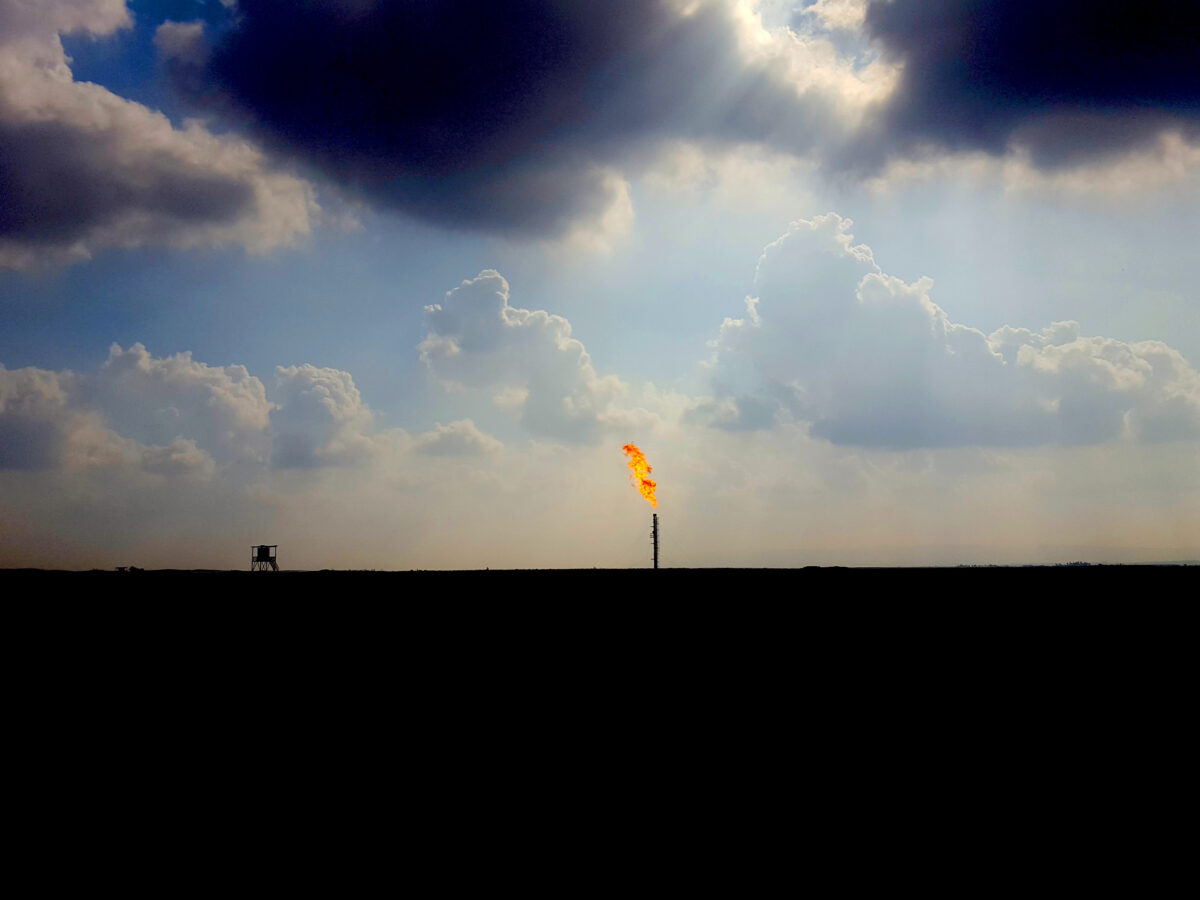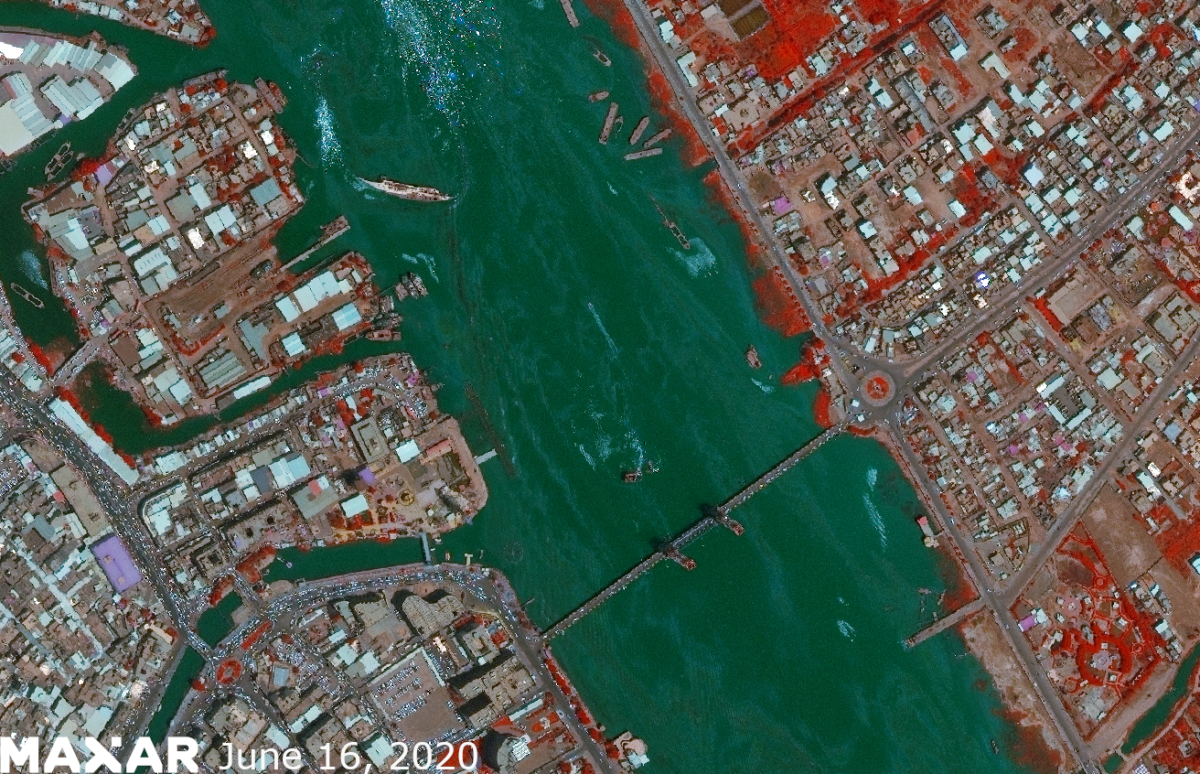Turkish Bayraktar TB2 Flying from Batman

Imagery acquired during October 2015 shows the Bayraktar TB2 parked at Batman Air Force Base. (DigitalGlobe).
As Turkey pushes toward becoming a major player in the UAV industry, seeing more of their drones on satellite imagery beyond test airfields should come as no surprise. DigitalGlobe space snapshots from October 2015 captured one of the country’s latest drones, the Bayraktar TB2, complete with its ground control station, parked in front of an aircraft shelter at Batman air force base.
The TB2, a medium altitude drone developed by the Kale-Baykar group, is a twin-boom, push-propeller UAV which first took to the skies back in 2009. According to the manufacturer, the platform has a length of 6.5m, wing span of 12m – both confirmed on imagery – and a maximum take-off weight of 630kg. The unmanned aircraft can fly up to 22,500 feet (6,800km), loiter for more than 24 hours on station at a range of 150km from the ground station. It’s equipped with electro-optical and infrared sensors, a laser designator and laser range finder.
Highly capable, Ankara has plans to make it one of the country’s front line UAVs. Domestic press reports say that the platform will conduct orbits along the Iraqi border. Batman, located less than 60 and 90 miles from the Syrian and Iraqi borders, respectively, also hosts the IAI-built Heron. Turkey acquired two Heron systems in 2010 after significant delay integrating Turkish components. Up to four of the Israeli-built platform have been observed at the airbase in previous imagery.
Like the UAE, Turkey turned to the domestic private sector to develop its own platform of surveillance and strike drones after Washington turned down requests to buy armed Predators and Reapers. So far, the country’s done pretty well advancing the tech. In December 2015, Turkey conducted its first armed UAV test flight using locally developed smart micro munitions (SMM) fitted to the TB2. Targets were struck with pinpoint accuracy, according to Turkish press reporting. The initial drop test utilized a variant of the air launched anti-tank missile, the UMTAS (or Mizrak), which is infrared seeker and laser seeker capable.
The UMTAS is made by the Turkish armor and missile manufacturer Roketsan and was designed for Turkey’s homegrown T-129 ATAK combat helicopters, a locally produced version of the Agusta A129 Mangusta. A second test in May 2016 (see video above) saw a live warhead fitted with the SSM completing the trials. Notably, handhelds showed the drone armed with the unpowered variant at two hardpoints underneath the wings, a similar carriage configuration to the U.S. Predator.
However, unlike their U.S. counterparts, each Bayraktar TB2 system is comprised of six aerial vehicles while U.S. systems typically have four drones. Additional equipment for the Turkish platform includes two ground control stations, three ground data terminals, two remote video terminals and other support equipment.
As of 2016, press reporting suggests that two systems are operational with the land forces where they’ve already been used in operations against the Kurdistan Workers’ Party (PKK) since 2014. Rumors even suggest that the platform may have made a foreign appearance recently during Turkey’s Jarabulus operation. Outside of the military, other operators include Turkey’s Police who received at least two systems this year.
Batman air force base, the location the drone was observed, is the HQ of the 14th Unmanned Aircraft System Command.


